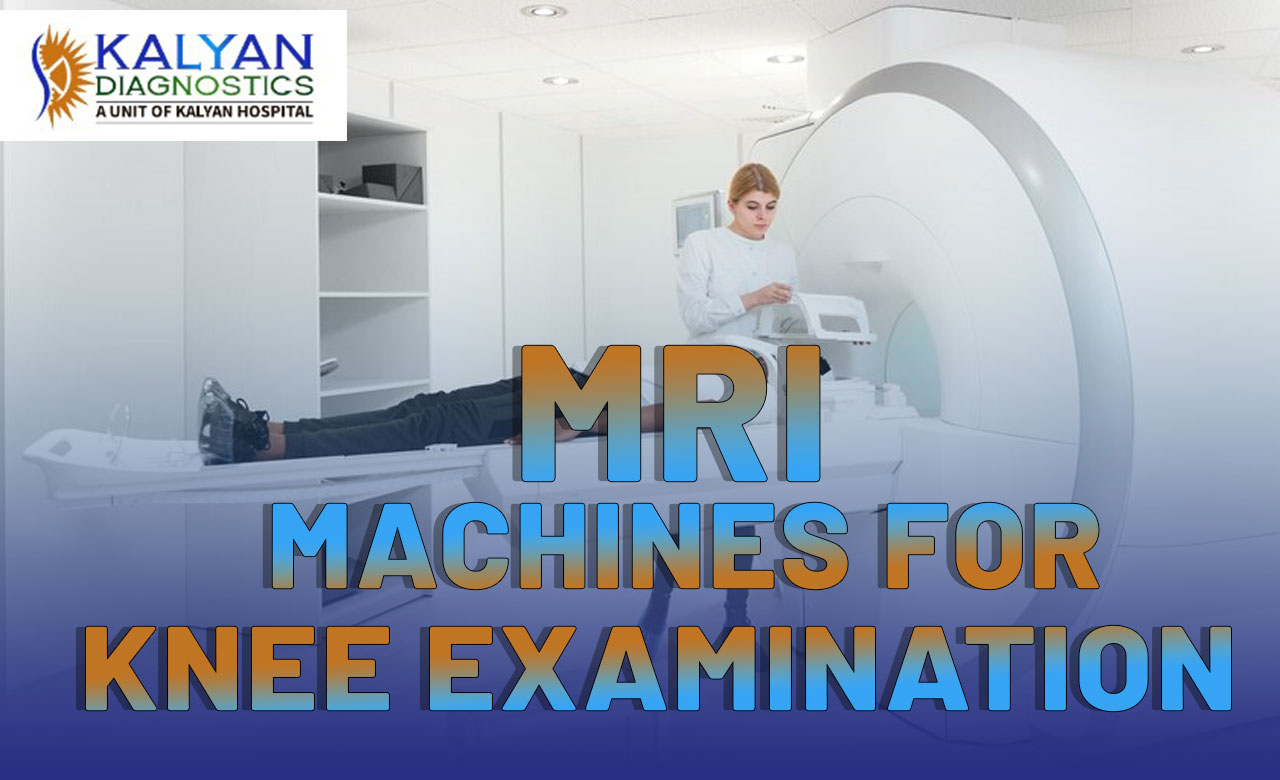Many individuals experience various forms of suffering. Several kinds of tests can aid in knowing about the multiple issues that may arise in your body of tests. The condition of an organ inside the body can be seen clearly and precisely on an MRI scan. Magnetic and radio waves produce the computer images this kind of scan creates. Text neck diagnosis of cervical pain is another application for it. Book an appointment with the best diagnostic center in Ludhiana to get a quality MRI.
What is an MRI defined as?
Magnetic resonance imaging is referred to as MRI. The majority of individuals are aware of the acronym known as MRI. Strong magnets and radio waves capture the image deep inside the human body. An MRI scan provides you with accurate information about every single thing happening inside your body. You can get relevant information about your medical conditions from an MRI result. There are different types of magnetic resonance imaging.
What can you eat after MRI scans?
Your doctor gives you different instructions; you can usually resume your regular diet and activities after an MRI scan. There are no special dietary requirements for MRI scans before or following the procedure. Your healthcare professional could suggest drinking lots of fluids to help flush out any contrast dye administered during the MRI. Given your unique circumstances and any drugs or contrast agents used during the scan, they can offer tailored advice.
What are the benefits of the MRI scans?
MRI scans offer you several advantages, which are as follows:
- Detailed imaging: Magnetic resonance imaging yields apparent images of the body’s soft tissues, organs and structures.
- Non-Invasive: MRI uses no ionizing radiation, unlike other imaging methods like CT scans or X-rays.
- Versatility: MRI is a versatile imaging technique that can image multiple body parts, such as the spine, brain, joints, belly, pelvis, and extremities.
- Differentiation of Soft Tissues: Muscle, fat, nerves, and organs are just a few examples of the various soft tissues that MRI is particularly good at differentiating.
- Functional imaging: By identifying variations in blood flow, a specialized type of MRI called functional imaging can quantify brain activity.
- No Need for Contrast: Contrast agents can highlight specific structures or abnormalities and improve picture contrast during MRI scans. However, they are only sometimes necessary.
- Multi-planar imaging: MRI can obtain images in several planes, offering thorough perspectives of anatomical structures from various viewpoints.
- Real-time imaging: The ability to view dynamic processes like blood flow, joint movement or cardiac activity in real time has been made possible by advancements in MRI technology.
- Preventive scanning: MRI scanning can identify anomalies occasionally before symptoms manifest, allowing for early intervention and enhancing treatment results.
- Patient Comfort: Although some patients may experience claustrophobia in the MRI scanner, more recent models and open MRI systems have been created to help individuals who might feel uneasy in older, closed MRI scanners.
- Better Scan: The radiologist can interpret an MRI contrast scan better since they have more clarity and generate better-quality images.
- Cost Effective: MRI is a type of scan that gives you an idea about internal health. MRI Cost in Ludhiana is only 3500-7000 bucks.
The diagnostic center does the MRI with a prescription given by a well-qualified and experienced doctor. Book an appointment with Kalyan Diagnostics for better-quality scans. It is also one of the best centers for MRI scans.





